Brussels, 13th May 2025
As the European Commission’s President, Ursula von der Leyen, has made the housing crisis a priority for action in her mandate, experts, practitioners and regulators met in Brussels on 13th May to explore the possibilities of creating additional housing in Europe through the vertical extension of existing buildings, using lightweight construction solutions. These building techniques, which involve materials such as light steel or wood structures as well as gypsum-based solutions and insulation materials, often rely on the offsite construction of prefabricated systems – which contribute to faster and more affordable construction.
The conference, hosted by Eurogypsum as part of the Build Light initiative, gave an opportunity for participants to better understand the significant potential current buildings offer for urban densification, creating supplementary housing space while restricting urban sprawl.
Europeans are facing a housing crisis and difficult access to affordable dwellings, which is especially acute in Europe’s cities. The situation is known to regulators. In Brussels, the European Commission has appointed for the first time a Commissioner in charge of housing. The EU Affordable Housing Plan and a Strategy for Housing Construction are in the planning, as pointed out by Íñigo Urresti from the European Commission’s DG GROW at the conference. Several initiatives are going on, such as a Commission survey on building permit processes and digital building permits, open until 31st May 2025.
The rooftop extension of buildings can be an adequate and simple contribution to supplying new, affordable housing in the middle of Europe’s cities. As research from the Technical University of Darmstadt and Pestel Institut has shown, more than 1.2 million new housing units could be built on top of Germany’s residential buildings, only considering those built between the 1950s to the 1990s.
Considering the vertical extension and the conversion of non-residential buildings, this potential could amount to 2.7 million apartments. As the German Gypsum Association’s Managing Director, Holger Ortleb, indicated to the audience, realising some of this potential would significantly reduce the housing pressure in the tightest urban centres.
In Poland, Zuzanna Napieralska from the Wrocław University of Science and Technology has developed a set of selection criteria for the most optimal use of vertical extensions in urban planning. Speaking at the conference, Ms Napieralska indicated that she was looking, in her further research, into quantifying the potential for the vertical extension of residential buildings in major Polish cities. She mentioned the many benefits of vertical extensions, such as the possibility to modernise, renovate buildings and improve their accessibility, but also to use existing urban infrastructure and reduce the use of resources and waste generation.
Financial and regulatory hurdles, as well as social acceptance issues, are according to her the main factors slowing up the wider uptake of vertical extensions in urban development.
Similar assessments carried out in France by UPFACTOR® using geo-service tools have demonstrated a massive potential in major metropolitan areas. According to the agency’s Founding President, Didier Mignery, some 38,000 new housing units could be created in Strasbourg, 7,750 in Nice or 3,000 in Lyon. Vertical extension is particularly suitable for social housing and allows to create housing space without needing land.
This potential has increasingly been perceived by regulators and investors. Speaking at the conference, Ronald Weerwag, alderman of the Dutch city of Zoetermeer, briefed the audience about the municipality’s determined move to fully use this potential for vertical extension – which could concern up to 10% of the city’s building stock.
Many examples of vertical extension projects combine the creation of additional floors with an energy renovation of the building. The vertical extension works indeed represents an ideal opportunity to increase the building’s energy performance and therefore contribute to Europe’s Renovation Wave, while reducing inhabitants’ energy bills and improving their comfort. Ideally, the selling of the newly created spaces can cover the building’s refurbishment costs, making the vertical extension a very profitable action for the existing building’s owners. This can also help increase the social acceptance of such projects among owners and inhabitants.
Beyond the overall potential and the immediate benefits, rooftop extensions carried out with socially minded architecture can also have a major societal impact in revitalising neighbourhoods and reinforcing our social fabric. Armin Daneshgar, an award-winning architect based in Austria, presented the very successful example of the “Cube 22” extension project in Vienna’s Favoriten district, which not only beautified but also helped improving the social mix of a traditionally deprived area of the city.
Vertical extensions are gaining traction in the architectural world and are embraced by industries such as the gypsum and metal sectors. Céline Carré, leading Eurogypsum’s Sustainable Construction Working Group, and Marina D’Antimo, Vice-President of Metals for Buildings, confirmed that the European construction sector already offers the necessary technical solutions and is ready to scale them up.
Vertical extension is a perfect contribution to low-carbon construction, energy efficiency and reduced land take, while creating much-needed housing units at an affordable price. Awareness about this win-win solution among local, national and European regulators still needs to be raised further.
Regulators and practitioners have a big task to work together toward solving regulatory and financial obstacles, which hamper a speedier deployment of vertical extensions in buildings. Long building permitting times remain a major deterrent to such projects. Furthermore, compared to new construction, while the absence of new land intake reduces the overall project’s cost and environmental impact, the initial uncertainty about the feasibility of the vertical extension project and the need to conduct appropriate building assessments may act as a disincentive for investors.
Considering its potential to partly solve Europe’s housing crisis, vertical extension should be better acknowledged in the European Union’s upcoming initiatives on affordable housing and construction. Best practices should be exchanged at a larger scale, especially as regards possible financing models and pragmatic solutions to address existing obstacles.
As Eurogypsum’s President, Christoph Dorn, underlined in his closing statement, “we have thriving European cities where people want to live and to work.
Vertical extensions can also be about reconnecting communities. We need to harness this potential”.

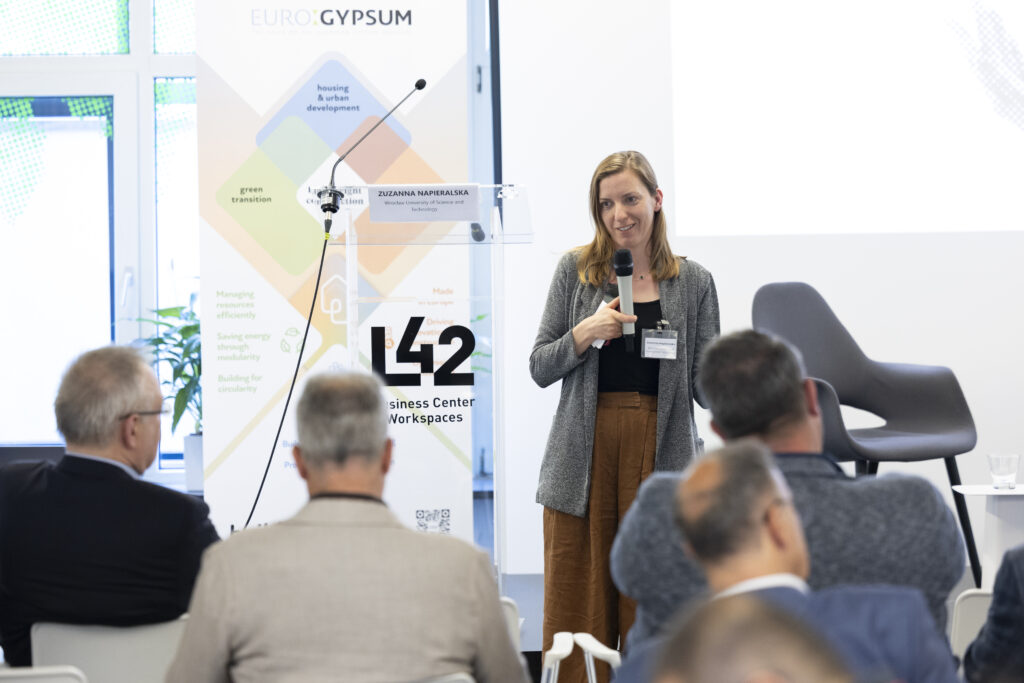
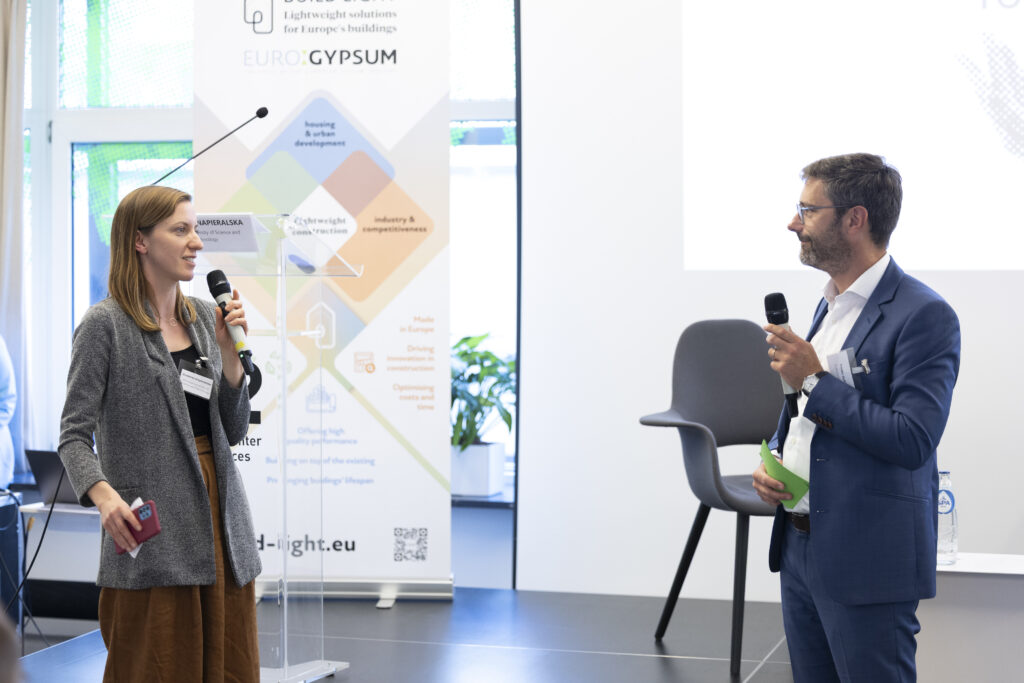
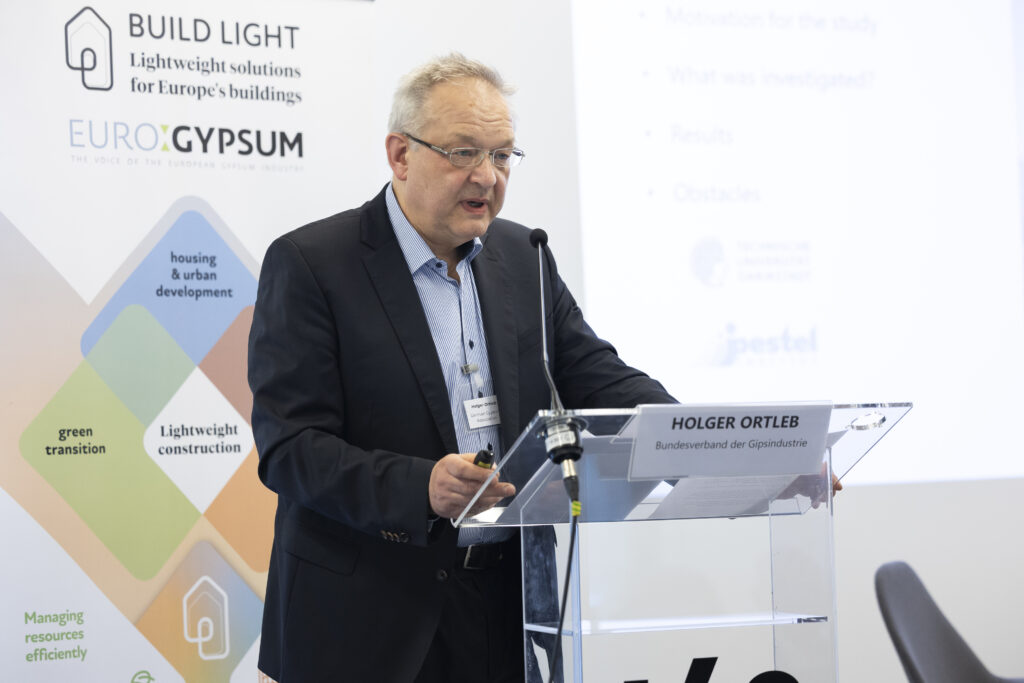

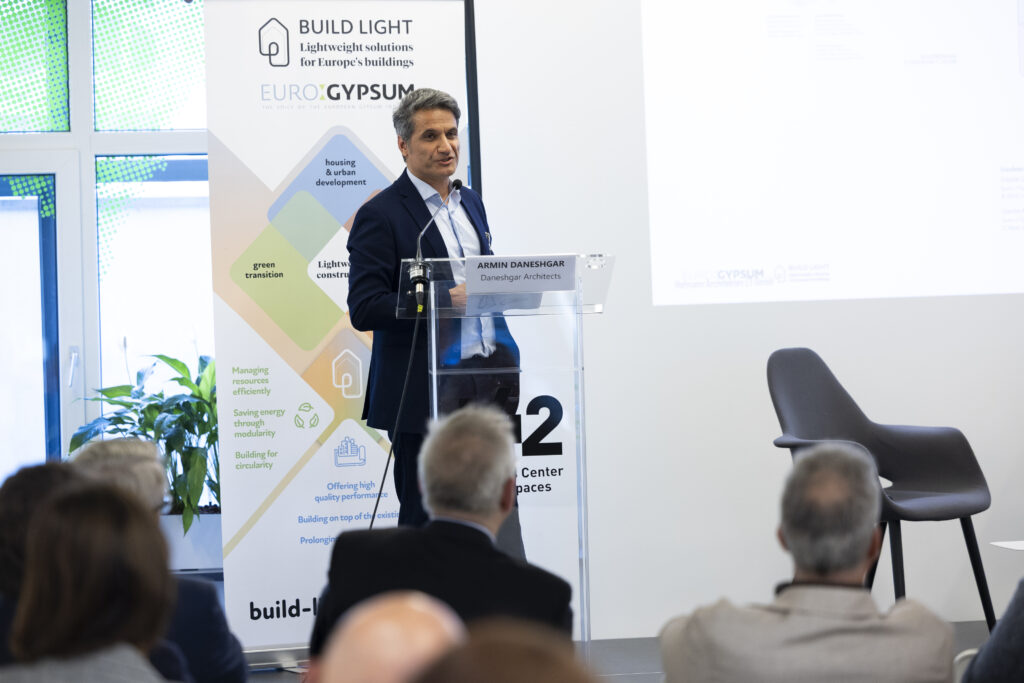
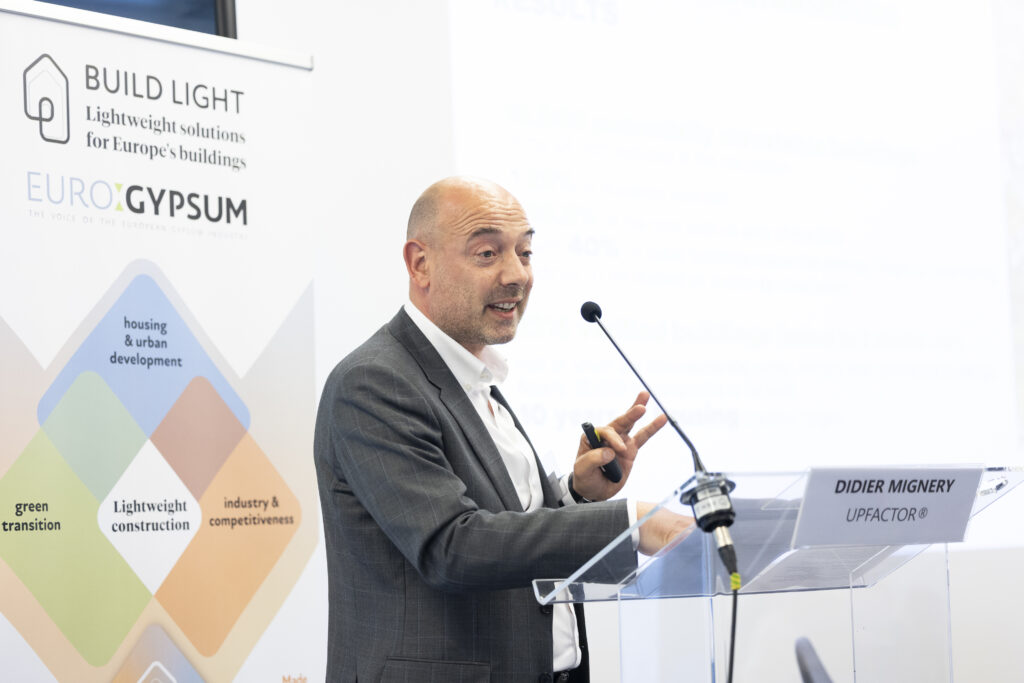
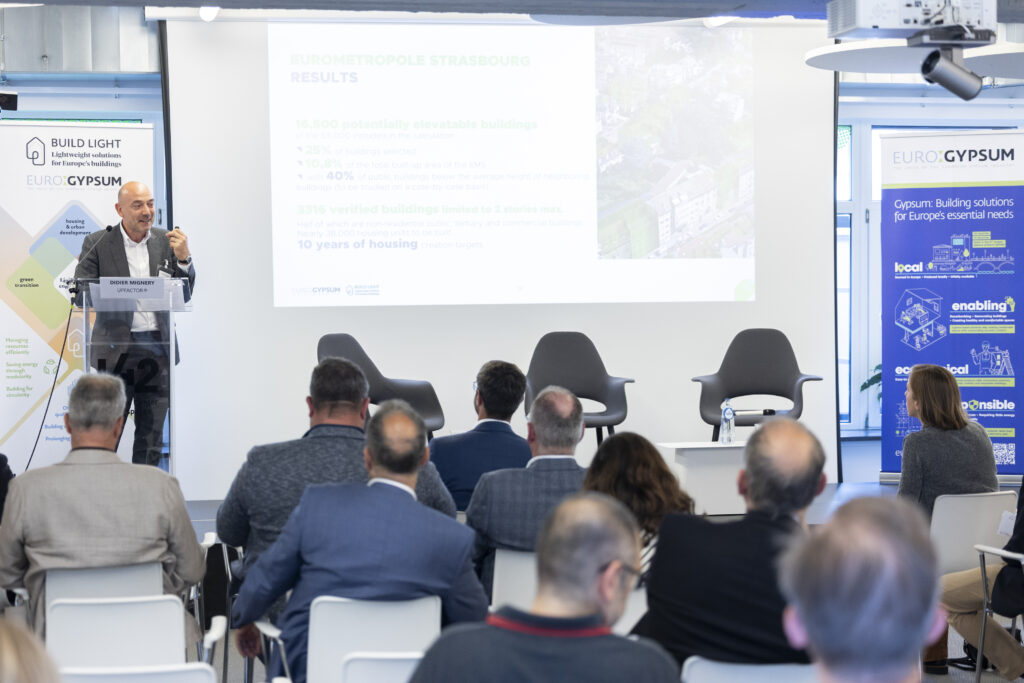
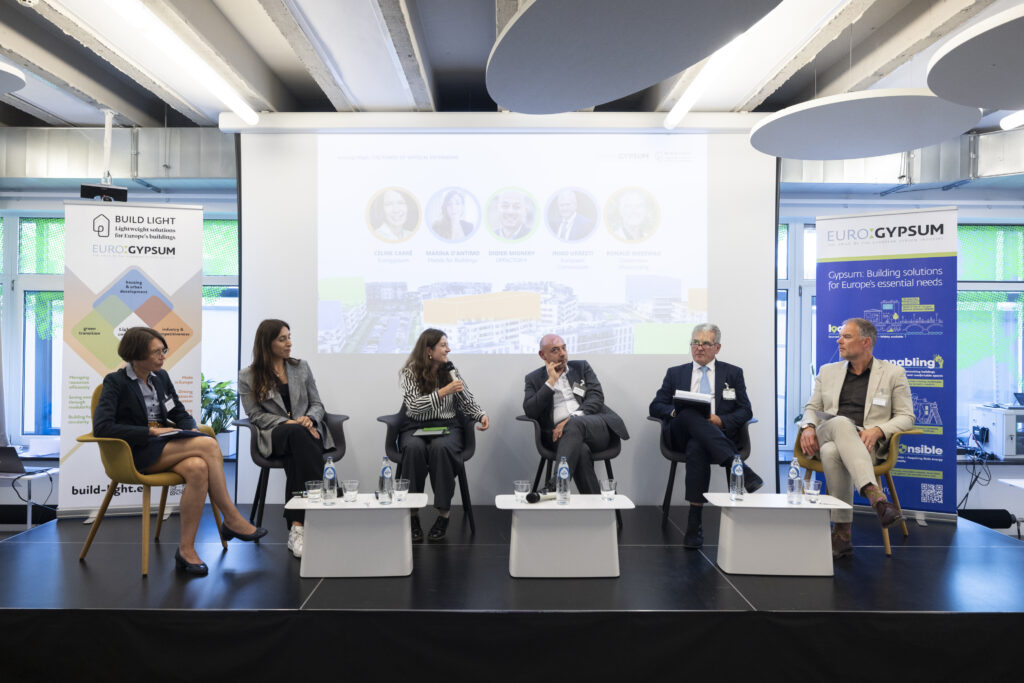
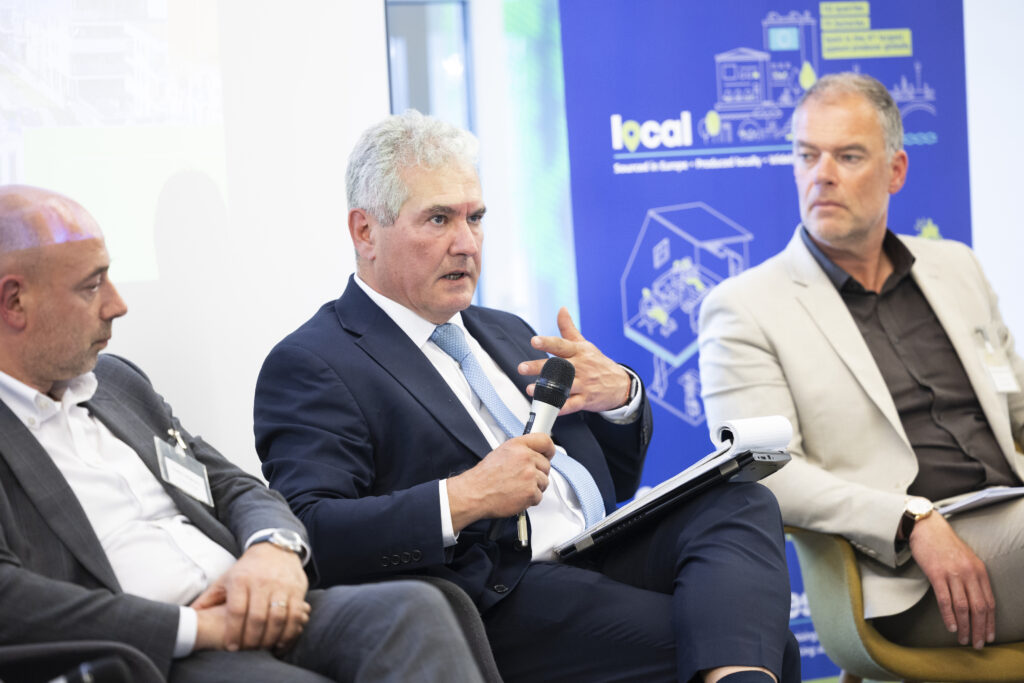
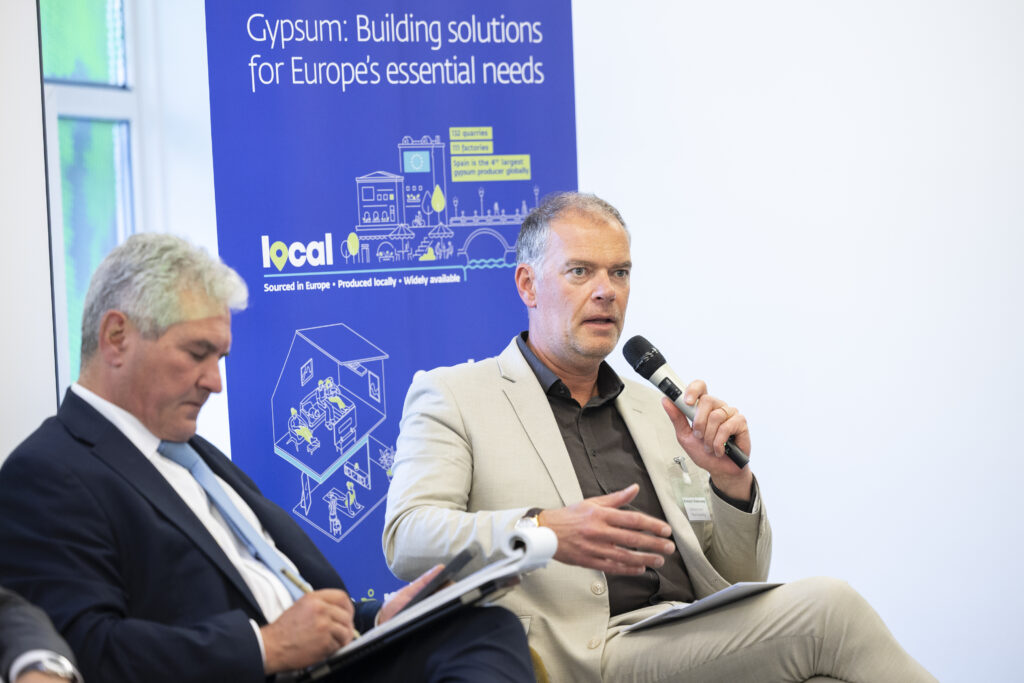
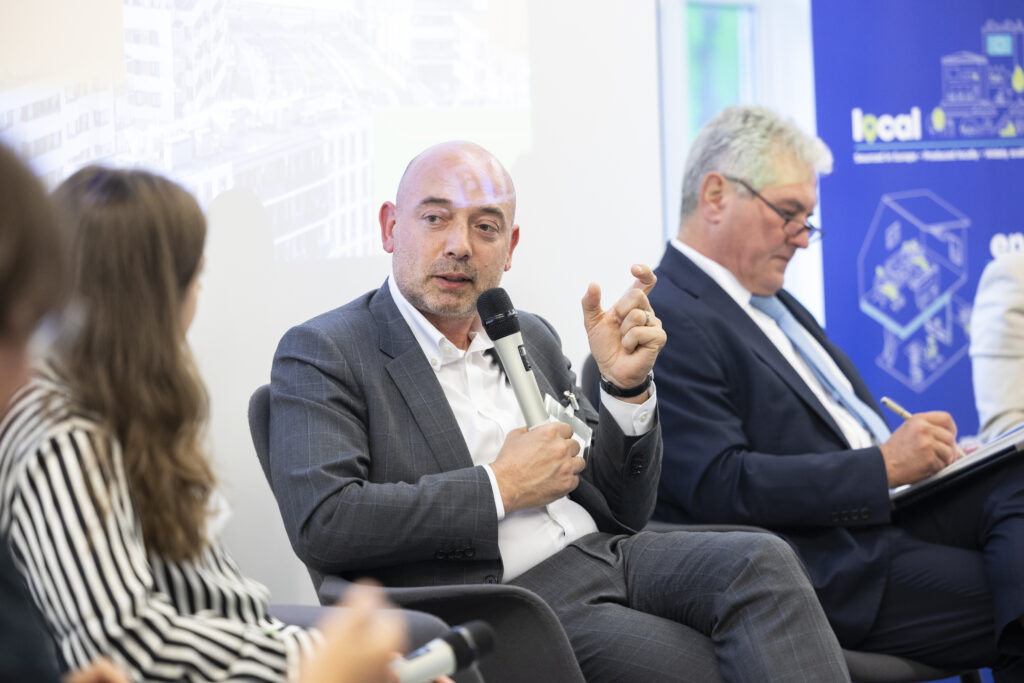
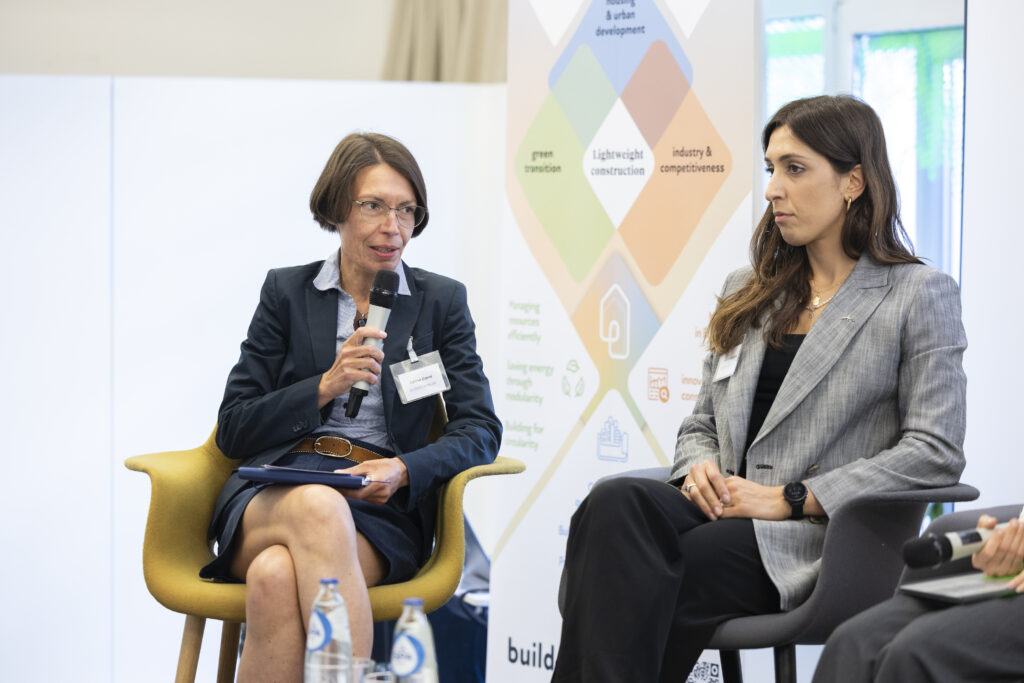
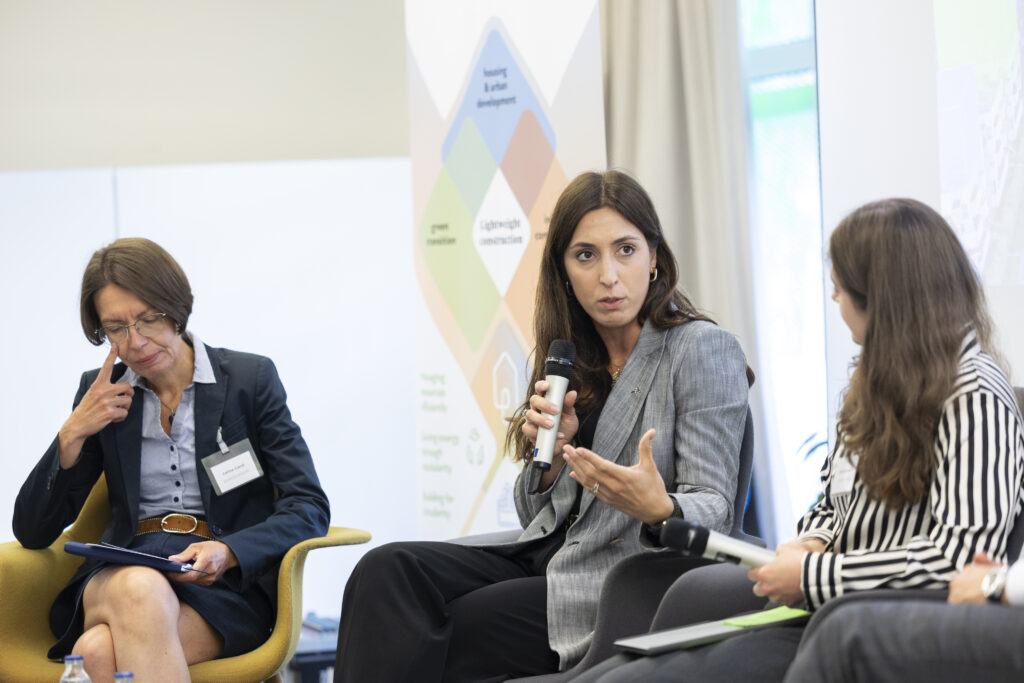
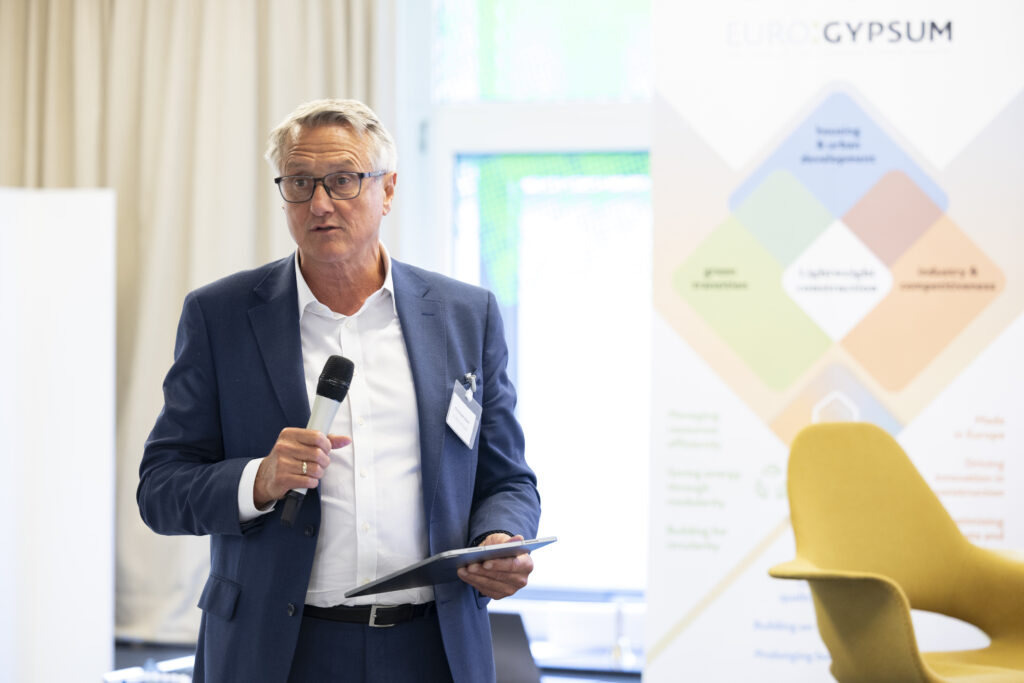
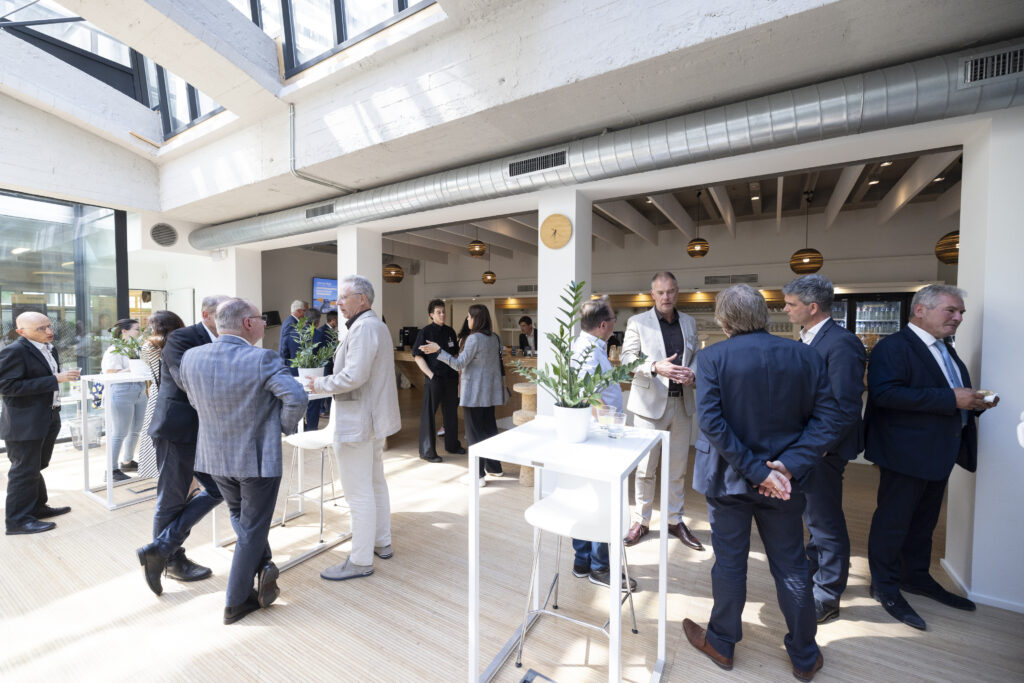
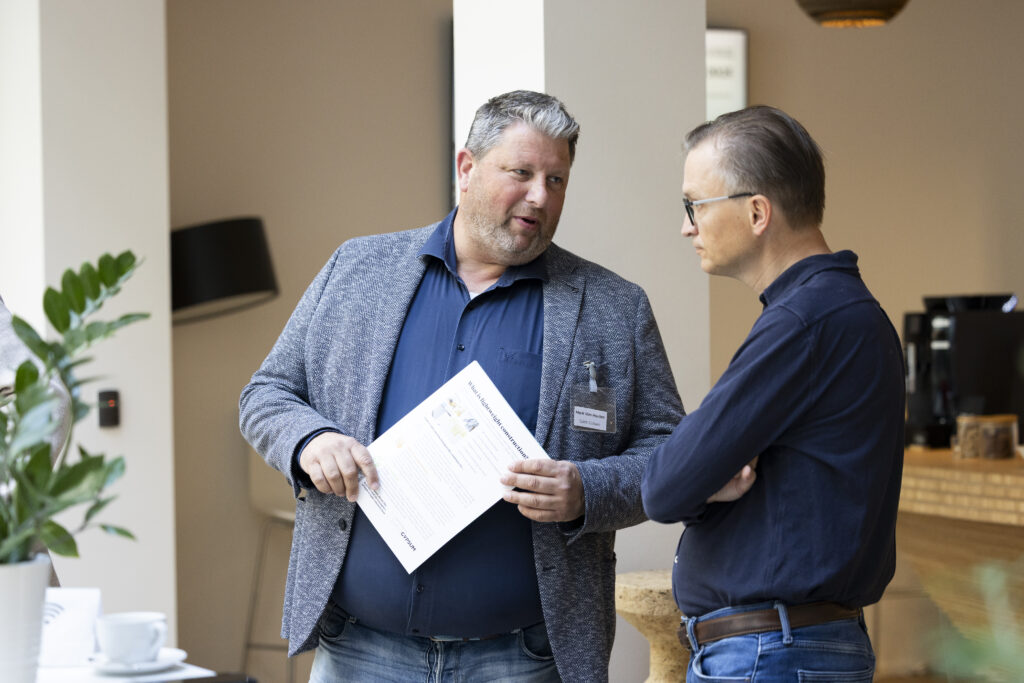
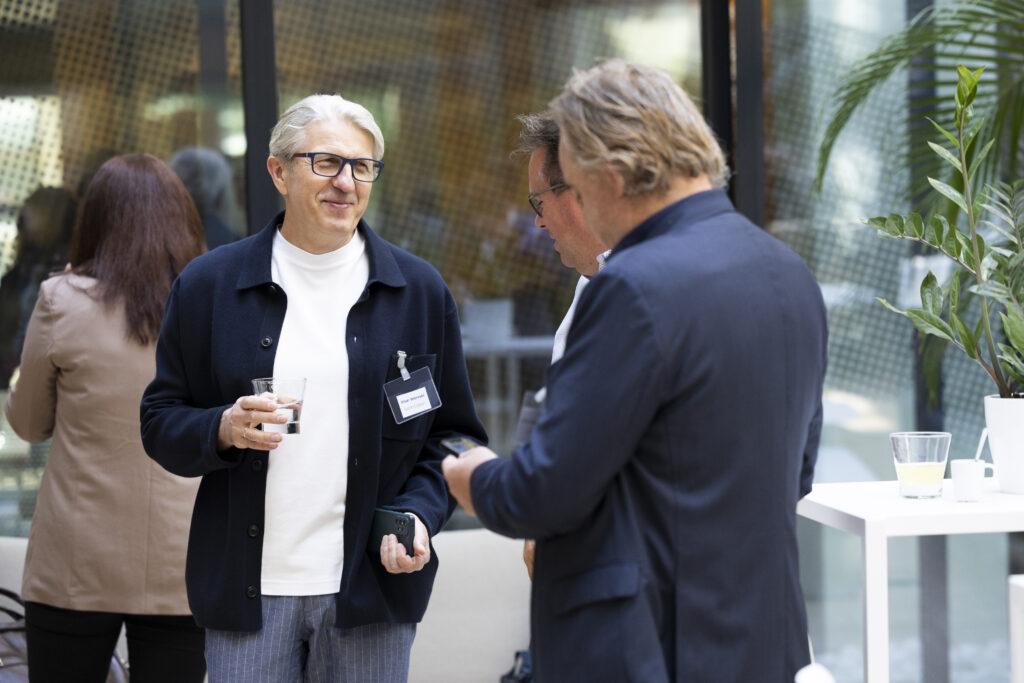
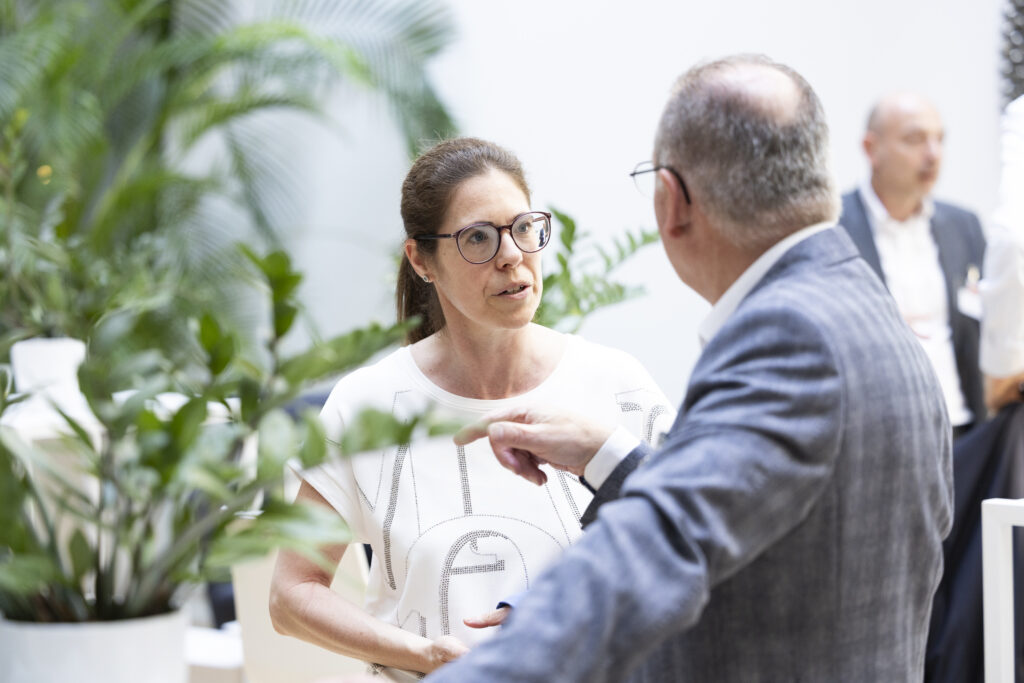
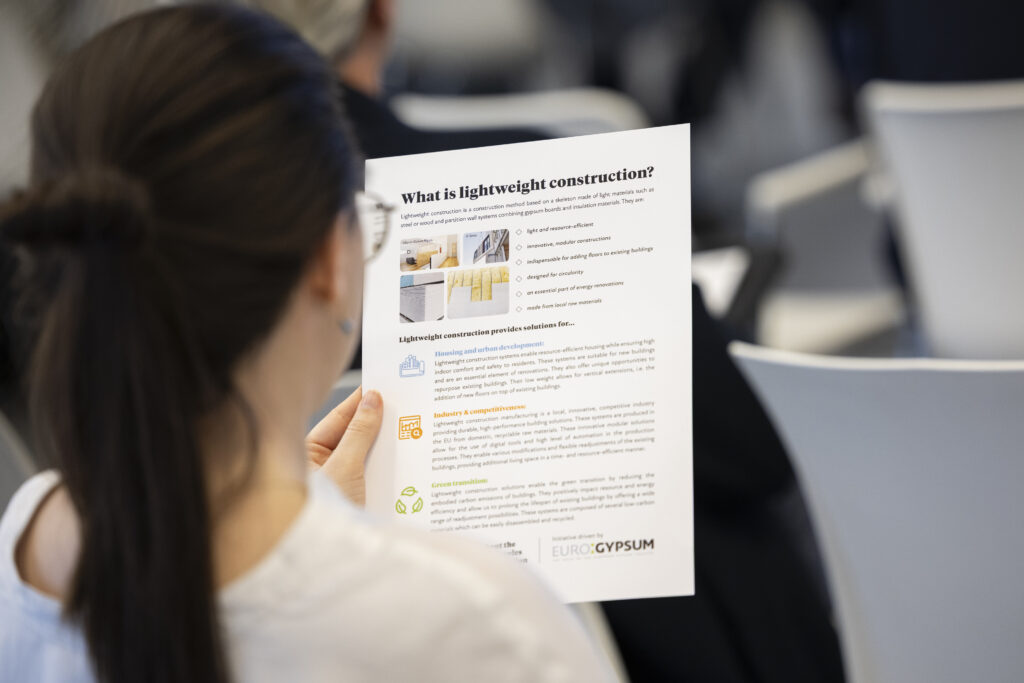
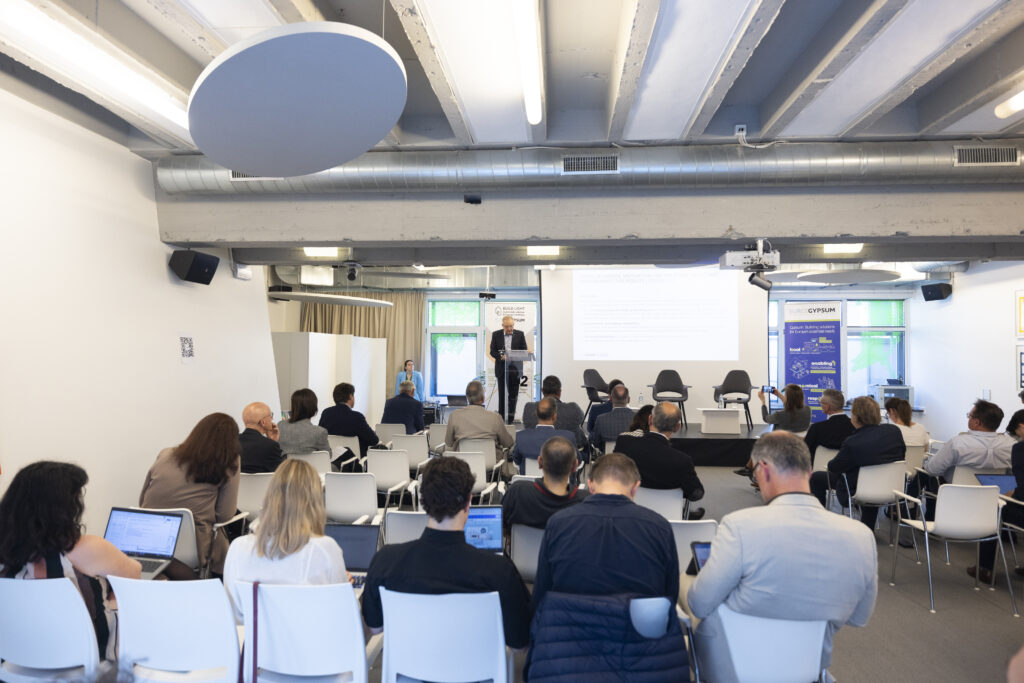
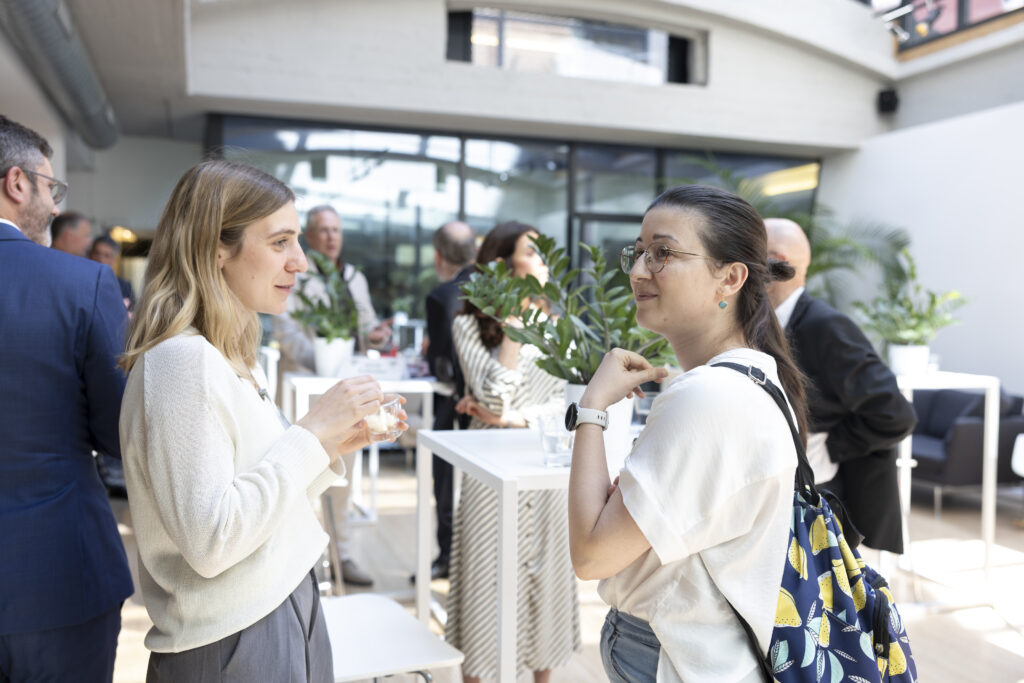
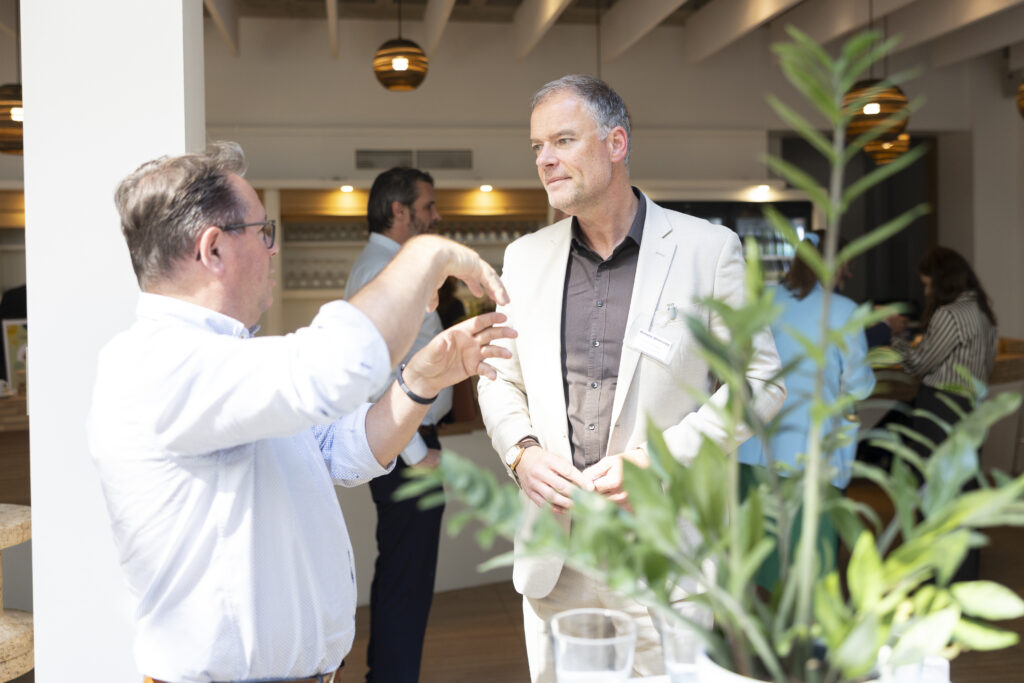

(Photo credits: InFocus.Brussels © Eurogypsum)
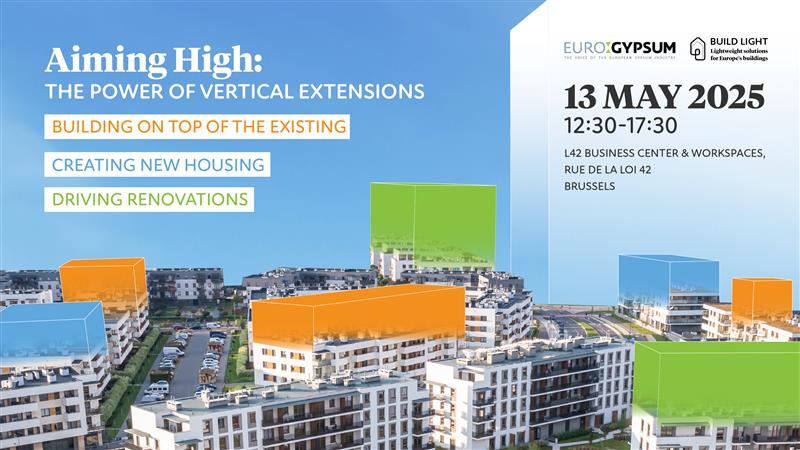
For further information, contact Alicja Szambelan at: a.szambelan@eurogypsum.org